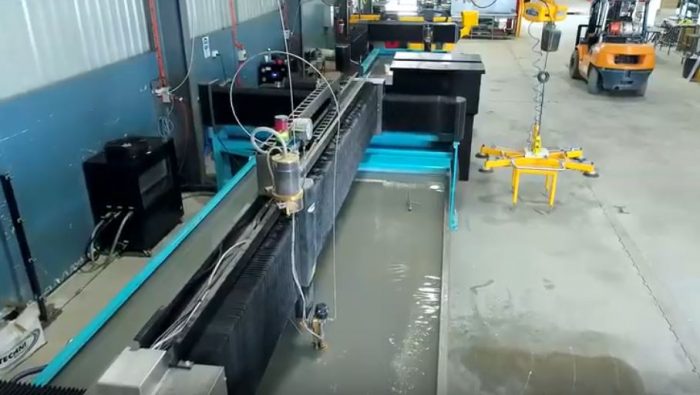The prolonged onslaught of the COVID-19 pandemic made it qualify as the primary growth determinant of the industrial automation sector. By laying the foundations of the digital infrastructure, we have better chances of improving our monitoring and control capability of public health. This provided the required impetus to make the industrial automation sphere take on a new form.
The world is at crisis now, but there is also a good side to it still. The situation has elevated the value of digital transformation and IT, across different industries and sectors. During this time that the majority of the peoples around the globe have a restricted amount of movement and the amount of workforce of our labor industry is also significantly reduced, a handful of newer technologies are being developed and are not being hampered by it.
In fact, some are underway towards providing various sectors the kind of end-to-end automation system they require, such as the food processing sector. Business organisations employ the use of automated systems because it allows them to carry on with their currently implemented manufacturing processes, but with the least possible manual interference.
Amid the COVID-19 pandemic, the digital transformation has intensified even further our dependence on advanced modern technologies. This would include virtual reality, augmented reality, and the Industrial Internet of Things.
The financial targets that are yet to be realised are giving these organisations enough reason to adopt advanced technologies and automation systems. This way they can remain on top of their game, which is keeping secure their lead in the market competition.

Business entities can take advantage of this opportunity by trying to learn first how to identify their daily operational needs and find a way to integrate automation in their systems to create the foundations of a long term digital infrastructure.
When it comes to handling, processing, and cutting of high-cost metals, employing the use of waterjet cutting machines for this purpose offers users a high level of accuracy, efficiency, and productivity. This material cutting method cuts your required material without having to worry about the creation of unnecessary mechanical or heat stress.
According to industry insiders, the increasing trend or the continuous surging of demand for utilities that offer precision cutting capabilities as its main attribute and strict tolerance machines in the automotive industry is a certain driver for waterjet cutting machines in the coming years.
There are a handful of other applications and industries out there that are also taking advantage of waterjet cutting machines. Aside from manufacturing companies that have metal cutting and processing at the very core of their operations, there is also the defense, aerospace, disposable products, semiconductors, ceramics, glass, food, paper, and so on.
With respect to a report made by the PMR, they are making assertions that the market for waterjet cutting is likely to reach a valuation of US$ 2.8 Bn at the end of 2029.
Conclusion:
In industries such as the automotive, electronics, and metal fabrication spheres, the use of waterjet cutting machines that come with a pressure range of around 4200 bars are always most favored. They have reached a point that they are almost ubiquitous in their facilities.
By utilizing automation systems even further, we’d be able to bring down our dependence and reliance on manpower resources for use in metal cutting industries. Many expert minds here are anticipating this would serve as an impetus for global market growth.
In relation to this, the Pacific and the Southeast Asian countries, as well as China, are some of the regions that are seen to become relatively attractive markets in terms of growth and value at the forecast period’s end.
